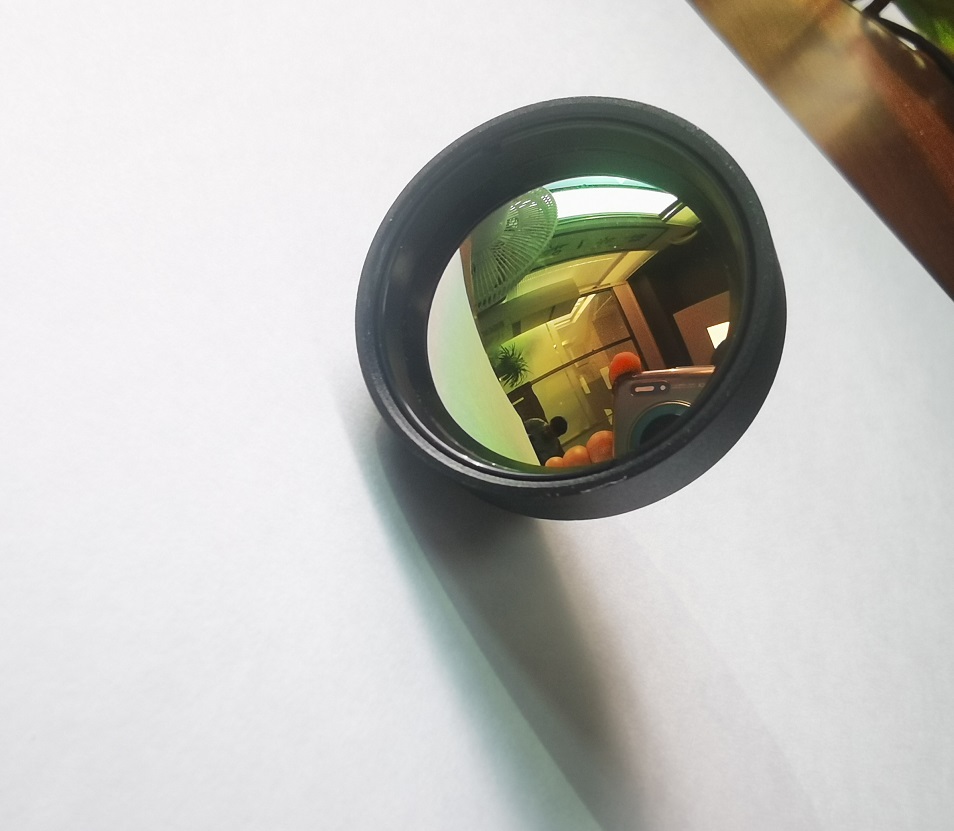Industrial News
Improving Diagnostic Accuracy and Patient Care Through Advanced Technology

Esophagoscopy is a critical procedure used for the examination and diagnosis of esophageal diseases. In recent years, the advancement and integration of medical lens technology have revolutionized the field, allowing for improved visualization and accurate diagnosis. This article aims to explore the practical skills sharing of medical lens in esophagoscopy, highlighting its benefits, techniques, and challenges.
1. Enhanced Visualization with High-Definition Medical Lens
One of the key advantages of using medical lenses in esophagoscopy is the precise visualization it offers. High-definition (HD) medical lenses provide improved image quality, allowing physicians to detect subtle abnormalities that might otherwise go unnoticed. The use of HD imaging enables better assessment of the esophageal lining, leading to more accurate diagnoses and enhanced patient care.
Furthermore, some medical lenses come equipped with additional features such as zoom capabilities and image stabilization, which further enhance the visualization experience. The ability to zoom in on specific areas of interest and obtain clear and steady images greatly aids in identifying erosions, strictures, tumors, or other esophageal conditions.
2. Advanced Imaging Modalities for Comprehensive Examination
The integration of advanced imaging modalities in medical lenses has further expanded the diagnostic capabilities of esophagoscopy. Technologies such as narrow-band imaging (NBI) and autofluorescence imaging (AFI) have proven to be valuable additions, offering a more comprehensive examination of the esophageal mucosa.
NBI uses specific light filters to enhance the visualization of superficial blood vessels and mucosal patterns, enabling the identification of abnormalities that may indicate precancerous or cancerous lesions. AFI, on the other hand, utilizes fluorescent light to highlight suspicious areas, enhancing the detection of early-stage esophageal lesions.
By incorporating these advanced imaging modalities, medical lenses provide a more detailed assessment of the esophagus, facilitating early detection, and intervention, thus improving patient outcomes.
3. Challenges and Skills in Handling Medical Lenses
While medical lenses have undoubtedly brought significant advancements to esophagoscopy, they present certain challenges in their usage. Firstly, proper handling and care of medical lenses are crucial to ensure their longevity and maintain optimal performance. Regular cleaning, disinfection, and storage according to manufacturer's guidelines are necessary to minimize the risk of infection and maintain image quality.
Secondly, proficiency in manipulating and maneuvering the medical lens during the procedure is essential for obtaining accurate and clear images. This requires training and practice to ensure smooth navigation through the esophagus and capturing images of the desired locations. Physicians should familiarize themselves with the functionalities and controls of the specific medical lens they are using to maximize its potential.
In conclusion, the integration of medical lens technology in esophagoscopy has revolutionized the field by offering enhanced visualization, advanced imaging modalities, and improved diagnostic accuracy. It is imperative for healthcare professionals to continuously update their skills and knowledge to harness the full potential of these medical lenses, ultimately leading to better patient care and outcomes..
 English
English  German
German Japanese
Japanese Korean
Korean Vietnamese
Vietnamese French
French Spanish
Spanish भारत
भारत



